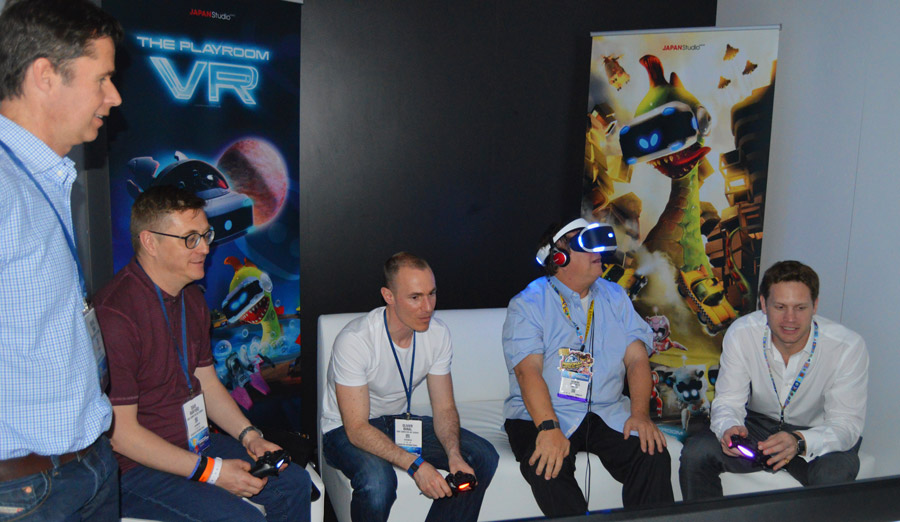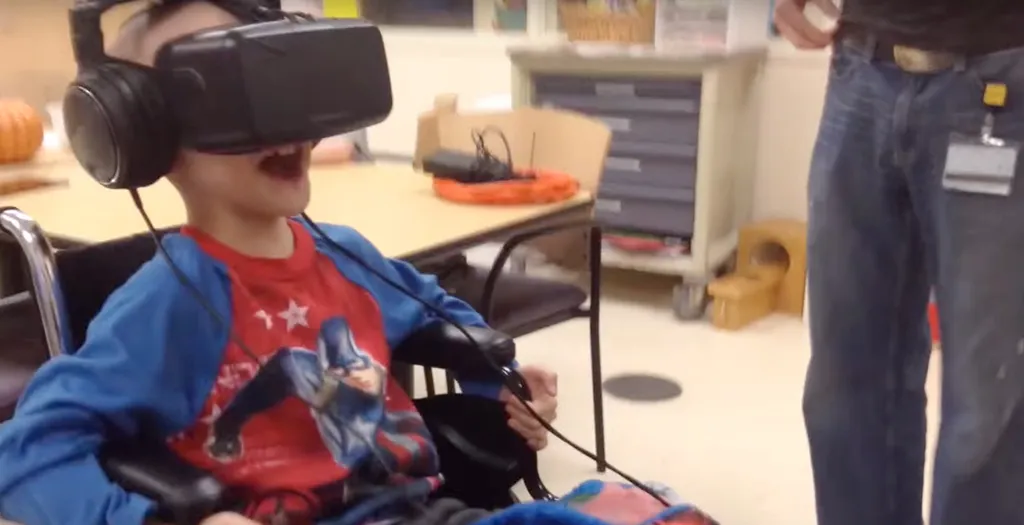In March 2015, Drew Olanoff was laying, alone, in his hospital bed.
Two weeks before he had been admitted for treatment for Hodgkin’s Lymphoma, his second bout with the disease. At first, friends and family flocked by his bedside sending him well wishes and giving him a touch point with the outside world. But sometime along the way the visits slowed, “people got busy, their lives kept moving on – I understood that,” he recalls, “but I felt alone.”
Olanoff recalls his two month long (with a week in between) stint in the hospital as an “isolating experience,” that was “quite depressing.”
He attempted to find ways to connect to the outside world to give himself even just an ounce of normalcy, creating a social media account chronicling his journey and following a little blood delivering robot he nicknamed ‘C3PO+’. Still though, something was missing.
And then he had a conversation that, little did he know at the time, would set his life on a brand new course.
“While in the hospital I messaged with Mark [Zuckerberg]. I asked him how Oculus was and he asked me how I was. I told him it’d be great to get out of my room.”
The next day a package arrived in his hospital room, a Gear VR Innovator Edition and a Samsung phone inside.
Thank you for opening my eyes, @finkd. Lots of possibilities here. pic.twitter.com/94f9kwpJ4S
— round 2 (@roundtwofight) April 1, 2015
“The GearVR changed everything,” he tells me, “It made me think about the possibilities outside of my four walls. Much like Facebook and Twitter does, VR makes the world feel smaller in a more immersive way.”
Fast-forward to today and Olanaoff is working with a group of like minded individuals to make sure that nobody ever feels isolated in a hospital bed again.
Launched this week, the Balboa Foundation is a non-profit organization whose aim is to “bring those who are in shut in situations to places they can’t go on their own.” Or as Olanoff likes to say, “unisolating the isolated.”

One of the current knocks on VR in the broader public perception is that it is an isolating experience. You put on a headset and suddenly you are shut out from the world around you, blind to whomever and whatever is outside. That piece of it is true to a degree, even with things like the Vive’s pass through camera it is harder to connect with those around you in the room while you are in VR (but hardly impossible). As with anything, however, there is a flip side to the coin.
For many, like Olanoff, virtual reality has the power to take them out of isolation and transport them to worlds beyond their stale four walls. Just how many lives could a foundation like Balboa touch? Let’s look at some statistics.
It is hard to quantify a total number of “shut ins” worldwide, because there are so many root causes for why one might be shut in – for example:
- Elderly: According to a recent study in the JAMA journal of Internal Medicine, about 5.6% (about 2 million) of the elderly community in the United States are either completely or “mostly homebound meaning they “never (completely homebound) or rarely (mostly homebound) left the home in the last month.”
- Agoraphobia: Over 8 million Americans suffer from some degree of Agoraphobia, an anxiety disorder that – in more extreme cases – can lead an individual to shut themselves inside, afraid to leave the house.
- Hikikomori: In Japan Hikikomori refers to the estimated 700,000+ individuals who live in isolation, shut in their (often small) rooms for months and even years at a time.
For the elderly or disabled, virtual reality could allow them to escape to worlds not possible for them to explore otherwise. For the Hikikomori and agoraphobic, it could provide that valuable bridge to help them normalize an experience beyond isolation.
And then there is a whole different group of people who, like Olanoff, are isolated for a different reason be it a hospital bed, or a tour in Afghanistan. The point is there are millions of people worldwide who suffer from isolation in some form or another, and virtual reality can help.
And it appears that Olanoff is not alone in this theory. The Balboa Foundation is led by a diverse and decorated board of directors, including Ellen Pao, Ryan Hildebrand, Markus Spiering, Mike Demers, Antone Johnson, and Mike Rothenberg, each of which has watched technology influence the lives of millions. And it is not just individuals – Olanoff says he is speaking actively with Oculus, HTC and Sony about involvement in the program and interest is strong.
Even as the competitive atmosphere begins to heat up in the VR ecosystem there is still one thing that everyone seems to be united on – virtual reality’s power to impact the lives of millions.
Olanoff says they will have a lot more to announce in the coming months around the foundation and its plans and formal partners but, as they say, it takes a village.
In his blog post announcing the foundation Olanoff posted a call to action for virtual and augmented reality developers and creatives to submit ideas, and volunteer their involvement in the cause. If you’re interested in joining the foundation and helping to create content to take people out of isolation you can fill out this form.
In a world full of endless (and admittedly awesome looking) zombie shooters, efforts like the Balboa Foundation showcase the positively transformative power of virtual reality as a medium.































